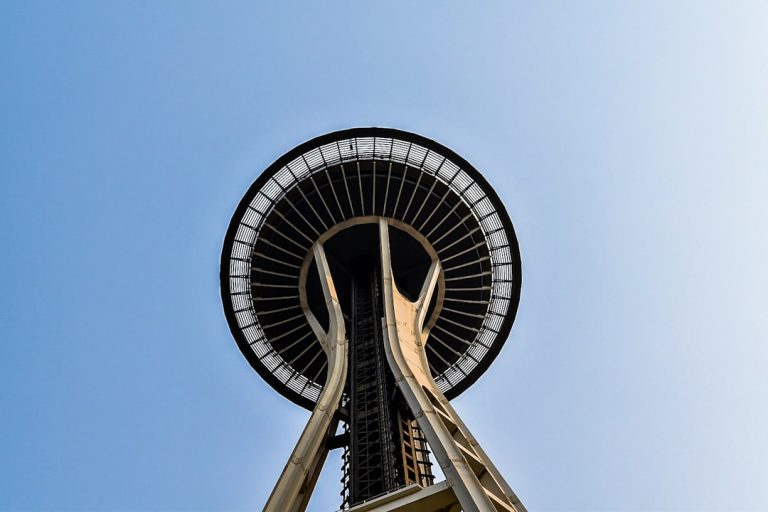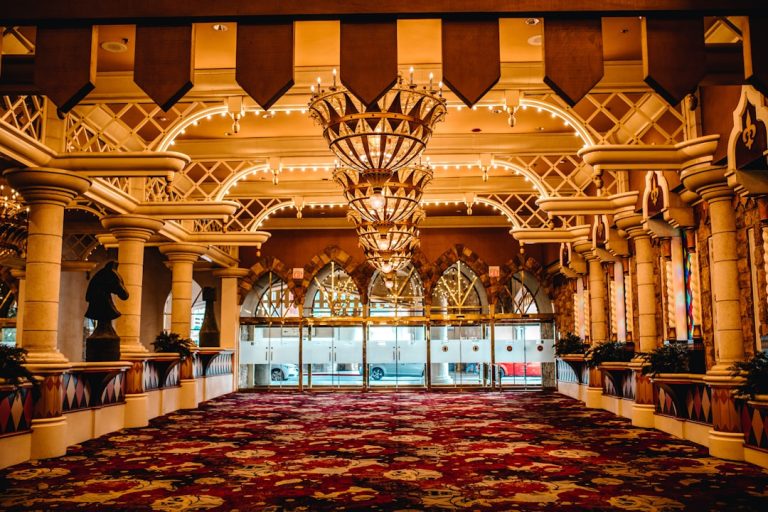
Mount Rushmore, an iconic symbol of American history and culture, features the colossal faces of four of the nation’s most revered presidents: George Washington, Thomas Jefferson, Theodore Roosevelt, and Abraham Lincoln. Carved into the granite face of the Black Hills in South Dakota, this monumental sculpture was designed by sculptor Gutzon Borglum and his son, Lincoln Borglum. The project began in 1927 and took 14 years to complete, culminating in a breathtaking tribute to the ideals of democracy and freedom.
Each face, measuring about 60 feet tall, represents a significant chapter in the story of the United States, embodying the spirit of the nation’s founding and its evolution over time. The selection of these four presidents was not arbitrary; each was chosen for their unique contributions to the country. George Washington, as the first president, symbolizes the birth of the nation and its foundational principles.
Thomas Jefferson, the principal author of the Declaration of Independence, represents the expansion of the United States through the Louisiana Purchase. Theodore Roosevelt is celebrated for his progressive reforms and conservation efforts, while Abraham Lincoln is revered for his leadership during the Civil War and his commitment to preserving the Union. Visitors to Mount Rushmore are often struck not only by the sheer scale of the monument but also by the profound historical narratives that these faces encapsulate.
The site attracts millions of tourists each year, who come to marvel at this engineering feat and reflect on the ideals that these leaders championed.
Key Takeaways
- Mount Rushmore features the faces of four iconic American presidents carved into the granite of the Black Hills
- The Badlands National Park showcases a unique geological landscape with colorful rock formations and fossil beds
- Deadwood is a historic Wild West town known for its legends, casinos, and colorful past
- The Crazy Horse Memorial is a monumental tribute to Native American culture and the legendary Lakota leader
- The Corn Palace is a unique tribute to agriculture, featuring murals made of corn and other grains
- The Black Hills offer outdoor adventures and scenic beauty, including hiking, biking, and wildlife viewing opportunities
The Badlands National Park: A Geological Wonder
The Badlands National Park is a stunning expanse of rugged terrain located in southwestern South Dakota.
The geological formations found here are not only visually striking but also provide a window into the Earth’s past, revealing layers of sedimentary rock that date back to the late Eocene epoch.
The park covers over 240,000 acres and is home to a diverse array of wildlife, including bison, bighorn sheep, and prairie dogs. One of the most fascinating aspects of Badlands National Park is its rich fossil record. The area is known for its abundance of fossils from ancient creatures that roamed the region millions of years ago.
Paleontologists have discovered remains of prehistoric mammals such as the three-toed horse and saber-toothed cats within the park’s boundaries. This makes it a significant site for scientific research and education. Visitors can explore various hiking trails that lead to breathtaking viewpoints, such as the Pinnacles Overlook and Big Badlands Overlook, where they can witness firsthand the park’s stunning geological features.
The interplay of light and shadow on the colorful rock formations at sunrise or sunset creates an unforgettable visual experience that draws photographers and nature enthusiasts alike.
The Historic Deadwood: Wild West Legends and Casinos

Deadwood, South Dakota, is a town steeped in Wild West history and lore. Founded in 1876 during the Black Hills Gold Rush, Deadwood quickly became a bustling hub for miners, gamblers, and outlaws. The town’s colorful past is immortalized in tales of legendary figures such as Wild Bill Hickok and Calamity Jane, who roamed its streets in search of fortune and adventure.
Today, Deadwood is a National Historic Landmark District that preserves its rich heritage while embracing modern tourism through casinos and entertainment venues. Walking through Deadwood feels like stepping back in time; many of the buildings have been meticulously restored to reflect their original architecture from the late 19th century. Visitors can explore historic sites such as the Adams Museum, which houses artifacts from Deadwood’s early days, or visit Mount Moriah Cemetery, where Wild Bill Hickok was laid to rest.
The town’s vibrant nightlife is equally captivating, with numerous casinos offering gaming options alongside live entertainment. The blending of history with contemporary attractions creates a unique atmosphere that appeals to both history buffs and those seeking a lively night out. Events such as reenactments of famous gunfights further enhance Deadwood’s allure, allowing visitors to immerse themselves in the thrilling tales of the Old West.
The Crazy Horse Memorial: A Monumental Tribute to Native American Culture
| Aspect | Details |
|---|---|
| Location | Black Hills, South Dakota, USA |
| Height | 563 feet (171 meters) |
| Started | 1948 |
| Completion Date | Still under construction |
| Founder | Korczak Ziolkowski |
| Purpose | To honor the culture, tradition, and living heritage of North American Indians |
The Crazy Horse Memorial stands as a monumental tribute to Native American culture and heritage, located in the Black Hills near Mount Rushmore. This ambitious project was initiated by sculptor Korczak Ziolkowski in 1948 and continues to be a work in progress today. Once completed, it will depict Crazy Horse, a Lakota leader known for his resistance against U.S.
government policies during the 19th century. The memorial aims not only to honor Crazy Horse but also to celebrate Native American history and culture as a whole. The scale of the Crazy Horse Memorial is staggering; when finished, it will be one of the largest sculptures in the world.
The face alone measures 87 feet tall, while the entire monument will include Crazy Horse riding on horseback with his arm extended toward the land he fought to protect. In addition to the sculpture itself, the site features a visitor center that offers educational exhibits about Native American culture and history. The memorial serves as a powerful reminder of the struggles faced by Indigenous peoples throughout American history while promoting understanding and respect for their rich traditions.
Visitors can witness firsthand the ongoing work on the monument and participate in cultural events that celebrate Native American heritage.
The Corn Palace: A Unique Tribute to Agriculture
The Corn Palace in Mitchell, South Dakota, is an extraordinary structure that serves as a testament to the region’s agricultural heritage. Built in 1892, this unique building is adorned with murals made entirely from corn and other grains, showcasing intricate designs that change annually to reflect different themes. The Corn Palace was originally constructed to promote local agriculture and has since become a beloved tourist attraction that draws visitors from across the country.
The process involves selecting specific varieties of corn to achieve desired hues, resulting in vibrant mosaics that celebrate South Dakota’s agricultural bounty. The Corn Palace hosts numerous events throughout the year, including concerts, festivals, and sporting events, making it a central hub for community gatherings.
Visitors can explore exhibits detailing the history of agriculture in South Dakota while enjoying performances that highlight local talent. This blend of art and agriculture not only showcases regional pride but also emphasizes the importance of farming in sustaining local economies.
The Black Hills: Outdoor Adventures and Scenic Beauty

Endless Trails and Stunning Vistas
With over 1.2 million acres of national forest land available for exploration, there is no shortage of trails leading to stunning vistas. One of the most popular destinations within the Black Hills is Custer State Park, which offers visitors a chance to experience diverse ecosystems teeming with wildlife. The park is home to a herd of over 1,300 bison that roam freely across its expansive prairies.
Scenic Drives and Outdoor Activities
Scenic drives like Needles Highway provide breathtaking views of granite spires and lush forests while winding through picturesque landscapes. Additionally, outdoor activities such as fishing in pristine lakes or horseback riding along scenic trails allow visitors to immerse themselves in nature’s beauty fully.
A Sanctuary for Reflection
The Black Hills are not just a playground for adventure seekers; they also offer serene spots for reflection amidst stunning natural surroundings, making it a cherished destination for all who seek solace in nature’s embrace.
If you’re intrigued by the diverse attractions and historical insights offered in the article about South Dakota, you might also find the exploration of another state quite fascinating. Consider reading about Ohio, which, like South Dakota, boasts a rich tapestry of cultural heritage, natural beauty, and unique landmarks. From the bustling cities to serene landscapes, Ohio offers a compelling blend of experiences that are well worth discovering. You can delve deeper into what Ohio has to offer by visiting this related article: Ohio Facts and Places to Visit.
FAQs
What are some interesting facts about South Dakota?
– South Dakota is home to Mount Rushmore, a famous monument featuring the faces of four U.S. presidents.
– The state is known for its beautiful natural landscapes, including the Badlands National Park and the Black Hills.
– South Dakota is the only state in the U.S. that is home to a famous motorcycle rally, the Sturgis Motorcycle Rally, which attracts thousands of bikers each year.
– The state is also known for its rich Native American history and culture, with several reservations located within its borders.
What are some popular places to visit in South Dakota?
– Mount Rushmore National Memorial
– Badlands National Park
– Custer State Park
– Crazy Horse Memorial
– Wind Cave National Park
– The Black Hills
– The Corn Palace in Mitchell
– The Missouri River
What are some things to see in South Dakota?
– The iconic faces of Mount Rushmore
– The rugged and unique landscapes of the Badlands
– The wildlife and scenic drives in Custer State Park
– The ongoing construction of the Crazy Horse Memorial, the world’s largest mountain carving in progress
– The underground formations and wildlife of Wind Cave National Park
– The historic and cultural significance of the Black Hills
– The unique and ever-changing murals of the Corn Palace
– The natural beauty and recreational opportunities along the Missouri River






